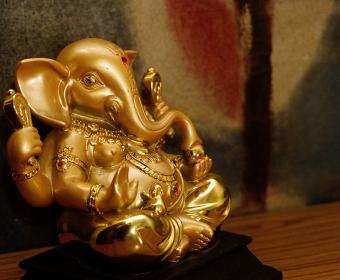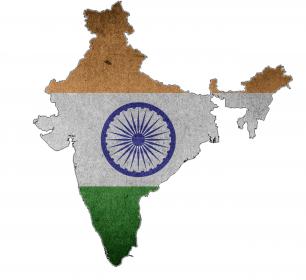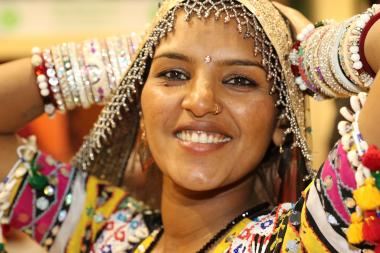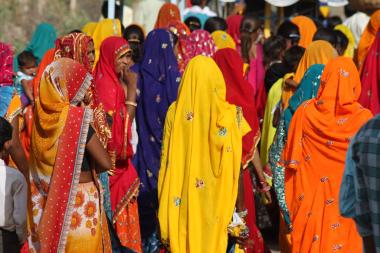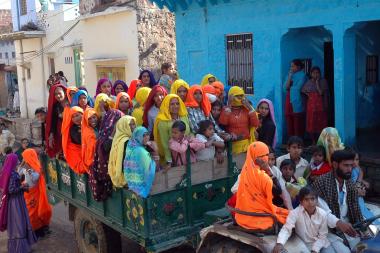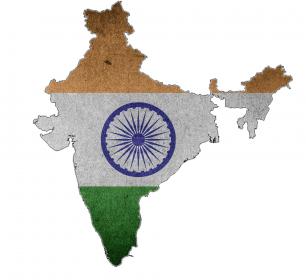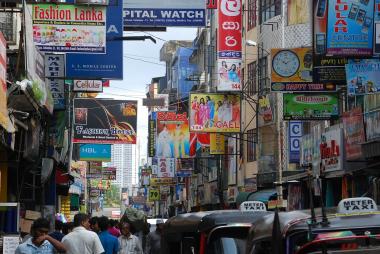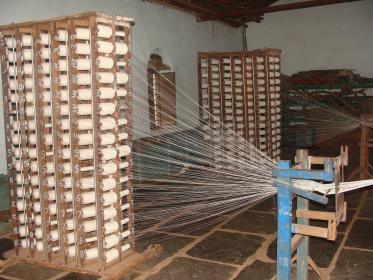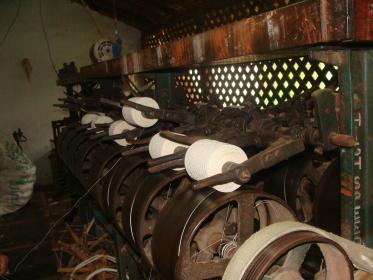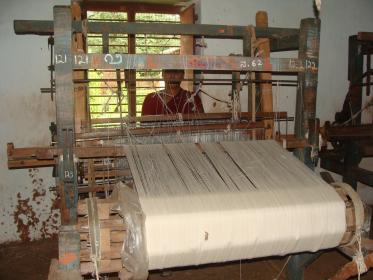INDIA PROMOTES TEXTILE PROCESSING
- Integrated industrial parks necessary
New Delhi (GTAI) – The Indian textile sector is not only important for bringing foreign currency into the country, but also because of its role as an employer. The formation of new clusters is now getting supported by the government.
India, as one of the leading global producers not only of cotton, but also of wool, jute and silk, has a historic tradition in converting raw materials. Accordingly, India’s industry concerning spinning and weaving of fabric is broadly positioned, while contributing 14% of India's gross domestic product.
Even though the sector mostly consists of small enterprises, some clusters emerged. The textile industry can mainly be found in the federal states of Gujarat, West Bengal, Andhra Pradesh and Tamil Nudo.
A more detailed structure is drawn by Sanjay K Jain, chairman of the textile Association “Confederation of Indian Textile Industry in an interview with Germany Trade & Invest: Knitwear clusters are found in Tirupur, Tamil Nadu, Kolkata, West Bengal, Ludhiana, and Kanpur. There are weaving centers in Ichankaranji and Bhiwandi (both Maharashtra), Erode (Tamil Nadu), Surat (Gujarat), and Bhilwara (Rajasthan). For ready-to-wear a cluster in Panipat (Haryana) and for the production of shirts and trousers has formed a cluster in Bangalore (Karnataka).
The state subsidy agency India Brand Equity Foundation (IBEF) recognizes four industrial centers – also according to the regional availability of raw materials. In the north (Kashmir, Ludhiana and Panipat) about 80 percent the production of woolen goods are concentrated. In the west (Ahmedabad, Mumbai, Surat, Raijkot, Indore and Vadodara) is the focus of the cotton industry. Hosiery (Tirupur, Coimbatore and Madurai) and silk products (Bengaluru, Mysore and Chennai) have their strengths in the South. The east of the country is focused on jute goods (Bihar and West Bengal). But also wool (Uttar Pradesh) and cotton goods (West Bengal) are represented. In addition, ac-cording to the IBEF, India has seven export-oriented Special Economic Zones for Textiles and Clothing in mid-2018.
A handicap for the textile industry is the missing size. For example, most low-capacity sites are scattered across the country. The construction of large integrated industrial parks is necessary. The various states and state institutions are also trying to promote new textile clusters.
The central government budget will provide ap-proximately US $ 4 million for the Scheme for Integrated Textile Parks (SITP) program in the fiscal year 2018/19 (April 1 to March 31). There are currently 47 projects in this field. The pro-gram intends the further development of such settlements with a common infrastructure.


